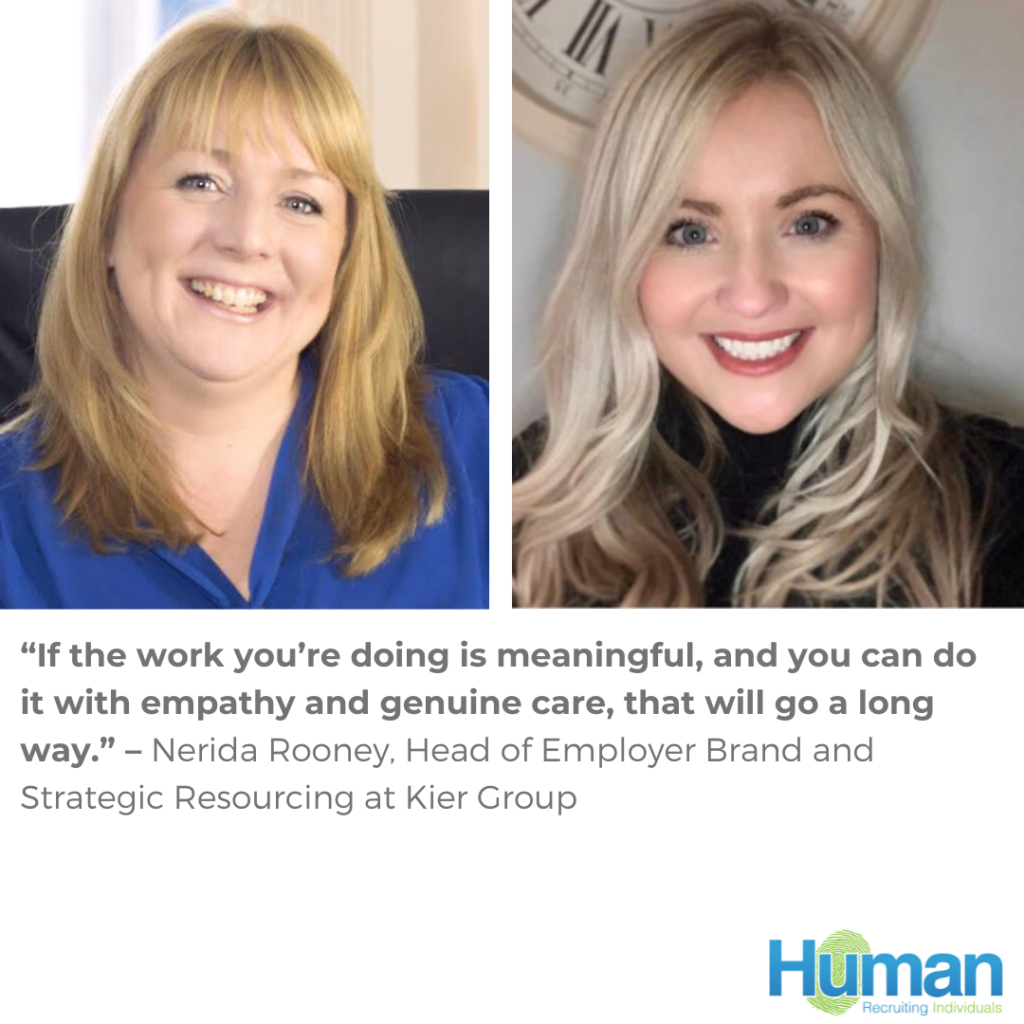Online Course: Identify & Develop Your Unique Culture
Now more than ever the importance of organisational culture cannot be overstated. A powerful, authentic culture can serve as a catalyst for transformative results, setting your organisation apart from the rest. Recognising this, we are pleased to introduce our 12-month course designed to guide you through the process of capturing and harnessing your unique organisational culture. Why We Created This Course At Human, we understand that every organisation is unique, with its own set of values, beliefs, and traditions. We believe that a well-defined and consciously cultivated culture is the cornerstone of success. With this in mind, we have created a comprehensive course that provides access to a range of tools and techniques aimed at capturing the essence of your organisational culture. Course Highlights Maintain and Develop Your Unique Culture: Learn how to identify and preserve the elements that make your culture distinctive. Our course will guide you through strategies to nurture and evolve your culture in alignment with your organisational goals. Invest in Your People and Their Development: Discover how investing in the development of your team members can contribute to a flourishing culture. Our modules focus not only on organisational culture but also on individual growth, fostering a symbiotic relationship between personal and professional development. Self-Paced Learning: Our 12-month course is designed to maximise input while minimising disruption. Enjoy the flexibility of self-paced learning, allowing you to tailor the experience to the unique needs and schedules of your team. Build a Powerful, Authentic Culture: Uncover the secrets to humanising your culture and creating a unique competitive advantage. Our course provides practical insights and actionable steps to build a culture that resonates authentically with your team and stakeholders. You will also have access to our team during weekly webinars designed to keep you moving towards your goals and support you and your team to answer any questions. “Anyone Can Copy Your Strategy, But No One Can Copy Your Culture.” This powerful statement underscores the uniqueness and irreplicability of organisational culture. Our course empowers you to leverage this truth, turning your culture into a formidable asset that sets you apart from the competition. Get Started Today Start your journey of cultural transformation with our 12-month course. To get started, contact our team at hello@recruithuman.co.uk or click here to learn more. Testimonials Here’s what some of our clients had to say about working with us: You Tube Testimonial You Tube Testimonial In a world where competition is fierce and imitation is common, your organisational culture remains unique. Invest in the development of your culture with our comprehensive course, and witness the transformative results that a powerful, authentic culture can bring to your organisation.
Online Course: Identify & Develop Your Unique Culture Read More »








